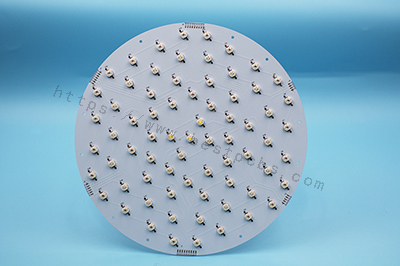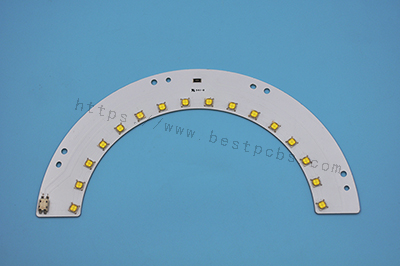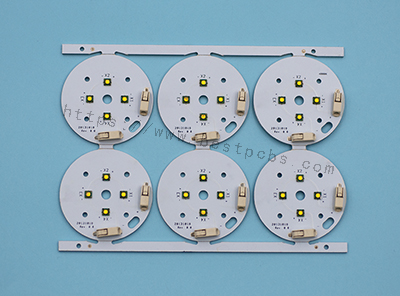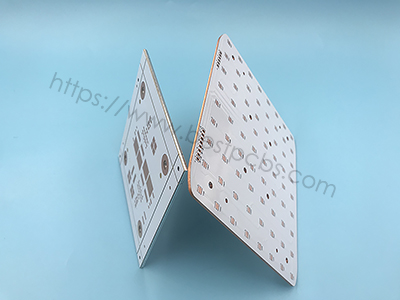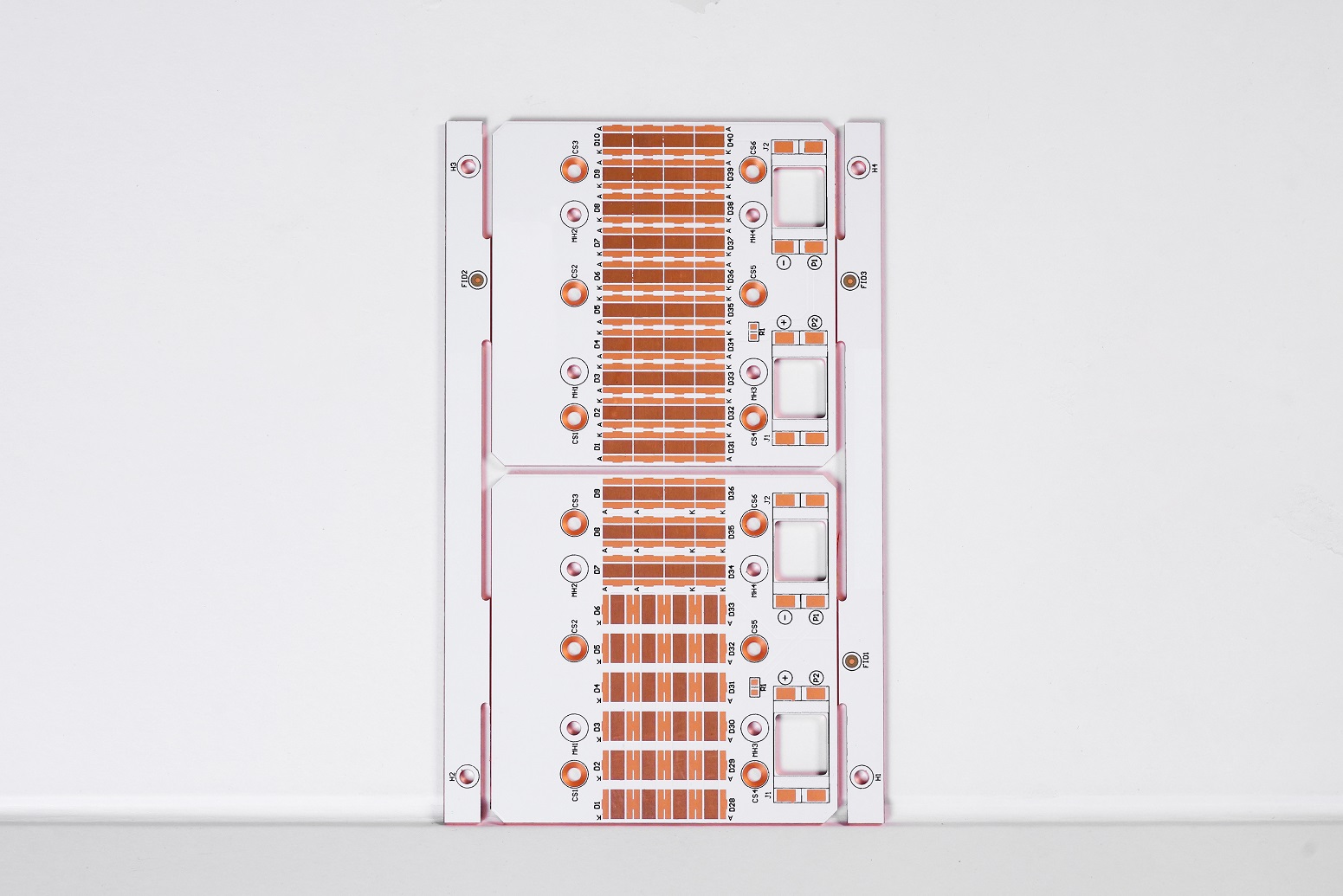LED lighting (Light Emitting Diodes) can provide more lumens per watt than incandescent bulbs, and the amount of light emitted does not depend on the size or shape of the bulb. It has significantly smaller footprint, higher efficiencies and lasts a long time.
One of the big challenges of LED lighting is LED Thermal Management, since around 70% of the electricity used by an LED becomes heat, and LEDs work best around room temperature, if the heat is not managed with some sort of thermal management solution, it can result in reduced efficiency in the LED, shorten the life of the bulb itself, and possibly causing damage to other components near it. In this context one of the best places to start with would be thermal management within the Metal Core PCB.
Thermal Management in MCPCB
If you are using LED power, there are chances that you would encounter problem at or above 80 watts. For example if you are considering application like the street lighting which might require up to 150 watts per lamp, led thermal resistance at such high power point would be a cardinal concern.
MCPCB can be created using a wide range of heat-dissipating materials without changing the LED component. From copper which offers better thermal conductivity to aluminum which is cheaper to specialized MCPCB using coated steel, ceramics or many other options. To address the LED thermal resistance issues and achieve optimum thermal management using LED, external heat sinks can also be used. This facilitates dissipation of exceptionally large amount of heat.
In fact on an average MCPCBs have several different shapes and degrees of heat dissipation profile. However the most challenging ones are no doubt the types in which the LED applications have to be stored in airtight enclosure to protect from the environment around. Thermal management in this case could be anything from air-to-air heat exchangers to using internal fans to even heat transfer via a series of conduction and convection alternatives.
Thermal Management of MCPCB
Thermal management is important for the electronic systems to encompass the processes along with the technologies.The main objective of thermal management is to ensure the temperature remains consistent for the functional and absolute maximum limits. The temperature exceeding the limit may cause destruction physically or may lead to a system failure. Therefore, MCPCB is essential because efficient thermal management increases the feasibility, enhances durability, and reduces the failure rates.
It also enables the high circuit density design for the users. Basically, thermal conductivity is a specific material from a property with the ability to conduct proper heat management as soon as it enters into the system. The conventional PCB share less thermal conductivity and also not capable enough to meet the increased demand for the thermal constraint required for high power dissipation PCB. The best alternative to solve this problem is the Metal Core Printed Circuit Board.
If you have any questions about MCPCB, welcome to contact Best Technology.
